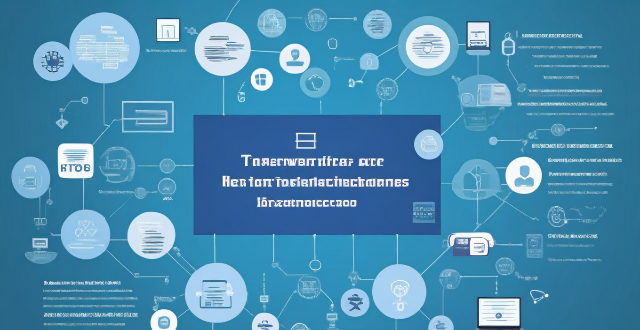Connecting to a public Wi-Fi network can expose your device and personal information to various risks, including man-in-the-middle attacks, malware distribution, unauthorized access to your device, snooping and data theft, and social engineering attacks. To mitigate these risks, it is recommended to use a Virtual Private Network (VPN) to encrypt your internet traffic, keep your operating system and antivirus software up-to-date, enable your firewall, use websites with HTTPS encryption, verify the authenticity of the Wi-Fi network before connecting, and be cautious about which websites you visit and what information you enter while connected to public Wi-Fi.

Risks of Connecting to a Public Wi-Fi Network
Connecting to a public Wi-Fi network can expose your device and personal information to various risks. Here are some of the potential dangers you may face:
Man-in-the-Middle Attacks
A man-in-the-middle attack occurs when a hacker intercepts communication between two parties. On a public Wi-Fi network, an attacker can eavesdrop on your internet activity and capture sensitive information such as login credentials, credit card numbers, and personal data.
How to Mitigate the Risk:
* Use a Virtual Private Network (VPN) to encrypt your internet traffic and create a secure connection.
* Avoid accessing sensitive information or performing financial transactions while connected to public Wi-Fi.
Malware Distribution
Public Wi-Fi networks can be used by attackers to distribute malware. By connecting to a compromised network, your device may automatically download harmful software without your knowledge.
How to Mitigate the Risk:
* Keep your operating system and antivirus software up-to-date with the latest security patches.
* Avoid clicking on suspicious links or downloading files from unknown sources while connected to public Wi-Fi.
Unauthorized Access to Your Device
When you connect to a public Wi-Fi network, other devices on the same network may be able to access your device if it is not properly secured. This can lead to unauthorized access to your files, photos, and other personal data.
How to Mitigate the Risk:
* Make sure your firewall is enabled and configured correctly.
* Only connect to trusted Wi-Fi networks, and avoid using public Wi-Fi for sensitive activities.
Snooping and Data Theft
Hackers can use packet sniffing tools to intercept unencrypted data sent over a public Wi-Fi network. This includes browsing history, passwords, and other sensitive information that is not protected by encryption.
How to Mitigate the Risk:
* Use websites with HTTPS encryption whenever possible.
* Be cautious about which websites you visit and what information you enter while connected to public Wi-Fi.
Social Engineering Attacks
Attackers can also use social engineering tactics to trick users into revealing their login credentials or other sensitive information. For example, they may set up fake Wi-Fi hotspots that appear legitimate but are actually designed to steal user information.
How to Mitigate the Risk:
* Verify the authenticity of the Wi-Fi network before connecting. Look for signs like official logos or ask staff for confirmation.
* Be wary of any requests for personal information or login credentials while connected to public Wi-Fi.